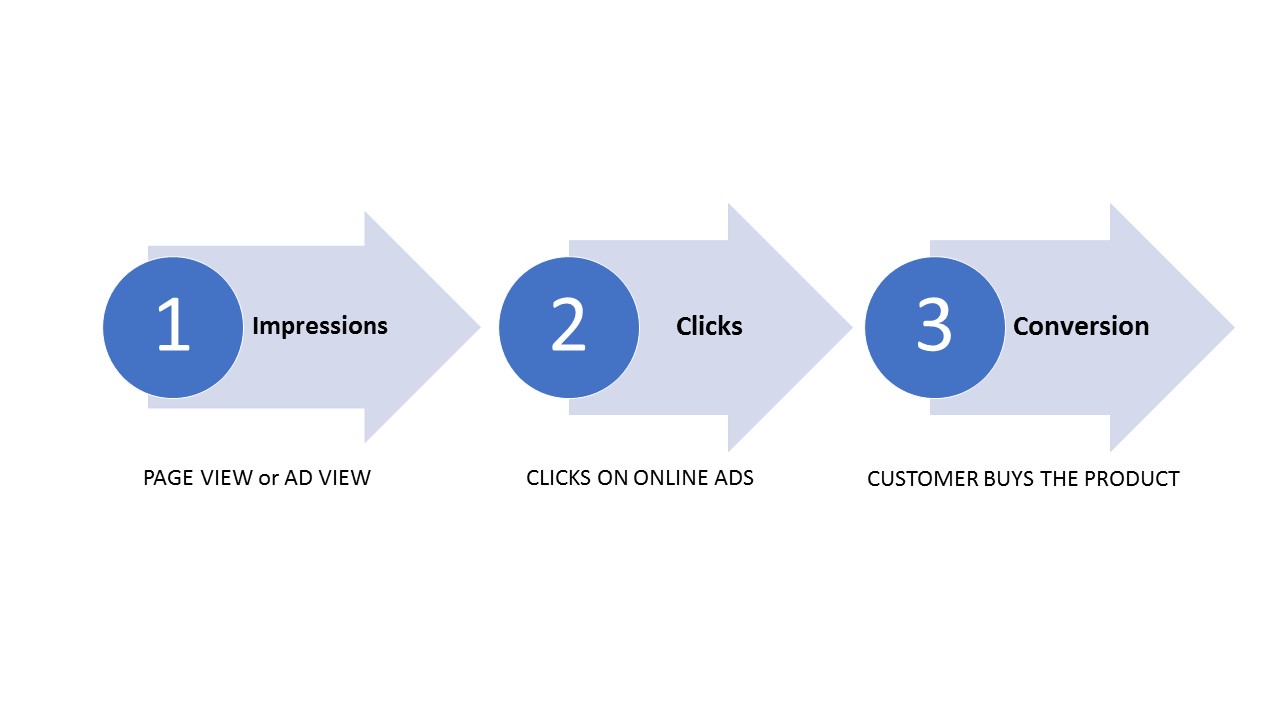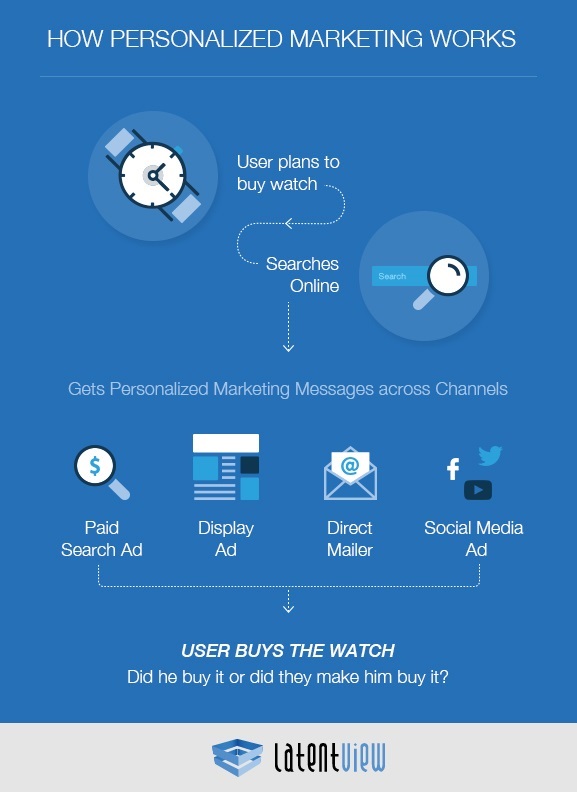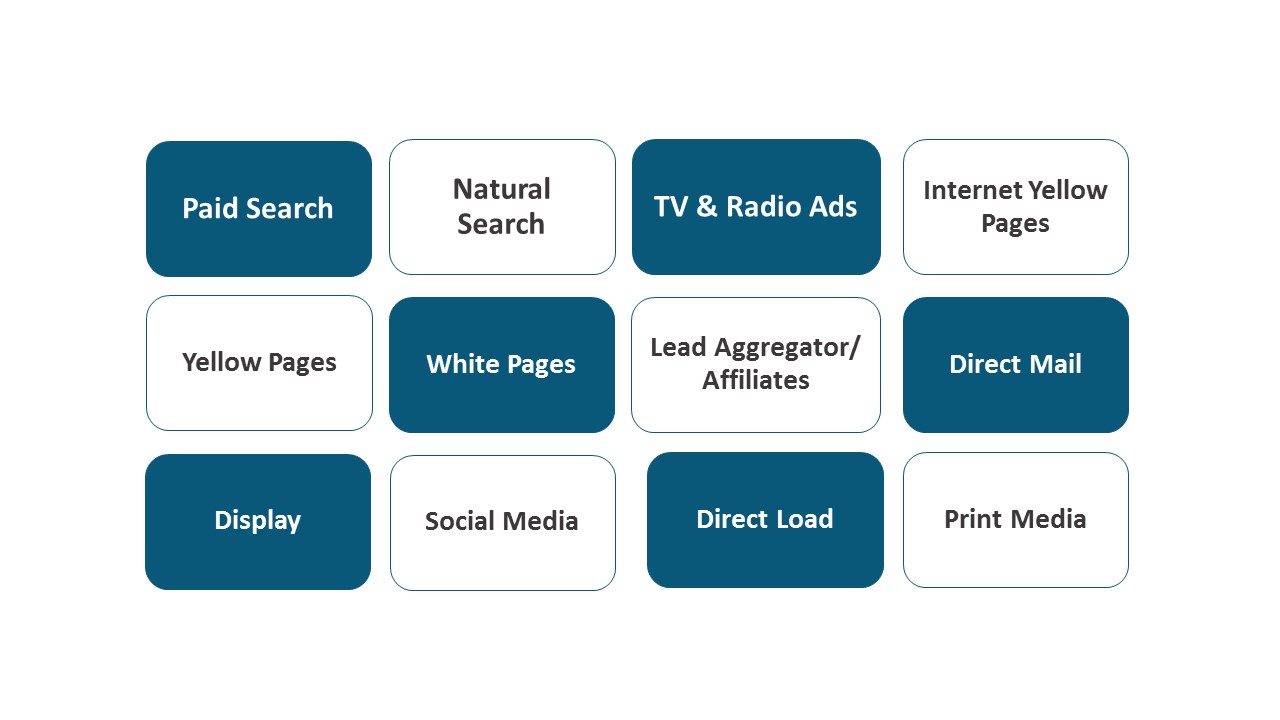Last week, while browsing through a few sites online, my eye caught the fancy of a particular branded watch. Of course, we all know the world wide web is full of choices, and in a bid to get the best bang for my buck, I searched a couple of retail sites, and after analyzing price and design, lost interest and left the site.
Fast-forward a few days later, when watching a video online, an ad, displaying the same watch I had browsed for a couple of days back, seemed to appear on my page. The same pattern followed when I logged into my social media accounts, with notifications claiming a few friends had liked it.
How did this happen? How did the video streaming site and social media sites know that I was looking at a particular watch? I didn’t mention it anywhere, but the time I spent researching the product had resulted in creating a footprint of sorts, which followed me from one site to another, thus triggering a flurry of display marketing ads.
We now live in a world where every impression, every click, every like, every comment and every single activity in the digital world is captured, analyzed and marketed. From a brand perspective, measuring the effectiveness of these digital metrics across various channels is always a challenge, but one that is becoming increasingly relevant and important.
Significance of digital metrics: why measurement is key
The moment we open a browser, metrics start getting generated. Impressions, clicks, click-through rate, bounce rate, session time, average time spent on the page are some of the key digital metrics that need to be measured in order to help brands personalize their marketing strategy for individual customers.
Integrated personalized marketing: how does it work?
As mentioned earlier, digital events captured are recorded as metrics. Once these metrics are extracted and mined, brands use them to create a personalized marketing strategy/roadmap to cater to the unique need of every individual customer.
A recent McKinsey study found that the probability of a brand being chosen is directly proportional to the number of digital touchpoints it has with a consumer. When talking about multi-touchpoint customers, it is important to remember that customers do not want to be defined by a channel. A customer engages with you to achieve something, be it a product purchase or an experience. In the course of that journey, they will reach out to you in whatever way they find convenient and as marketers, it is our role to understand that end-goal and help the customer achieve it, seamlessly and consistently. Below are some of the key digital marketing channels from which personalized marketing campaigns roll out:
While it might seem simple that brands target customers via multiple channels, the real question that needs to be answered is, when the campaign does succeed, which channel will you attribute it to? When it comes to the digital world, we cannot tag a successful conversion to all channels. We need a way to segregate and tag the right channel which made that conversion possible.
Use case: channel attribution to track conversion
A leading home appliances and repair services provider had multiple channels through which they targeted their customers to create service orders. In order to tag the service orders to the respective channels, LatentView used the technique of Toll Free Number (TFN) mapping to identify and attribute the revenue to the right channels. One of the challenges faced was that the TFNs moved from a particular channel to another based on internal decisions. To avoid any ambiguity, a time stamp was added to the mapping process, thereby making it more accurate.
In addition to the TFN platform, customers could create service orders on the company website too. Using web analytics, we were able to track the source of these service orders and map it to the respective channels. The channel attributions were then summarized visually on a Tableau platform to provide deep-dive insights that helped facilitate data-driven decisions.
Using Media Mix Modelling (MMM) to optimize spend
In a bid to optimize spend across channels, thereby maximizing ROI, for the client, LatentView built a media mix model that would predict the ideal spend limit for every channel such that the overall revenue on investment is maximized. The solution included a highly interactive web tool that allowed users to change spend allocation and get instantaneous results at the click of the button, thus simplifying the entire process of optimizing spends for various channels for different budgets.
Finally, what pushed you to buy it?
Circling back to my initial ‘watch’ debate, it may not be as simple as a single factor that drives a path to purchase. There are multiple channels, factors and influencers that impact the decisions of the customers who today, interacts with the brand across multiple touchpoints, platforms and channels. The idea is quite simply to keep the marketing customized and personalized, thereby increasing the chances of conversion.






